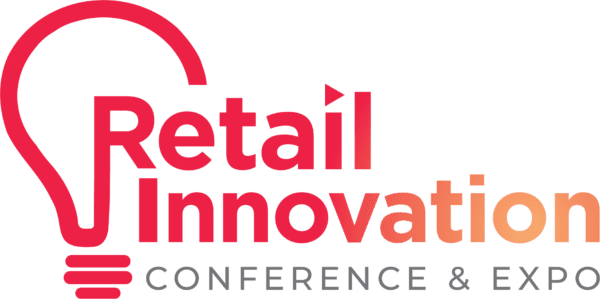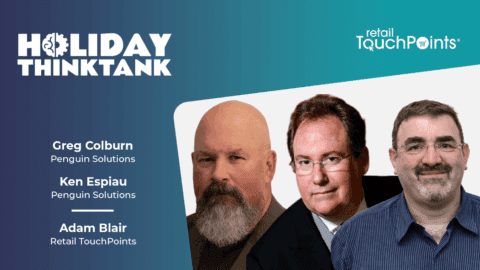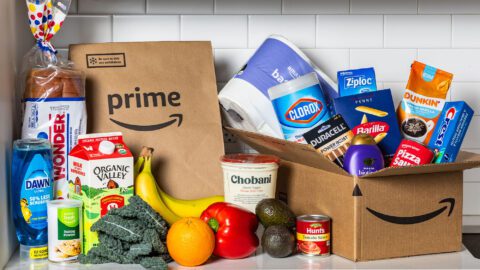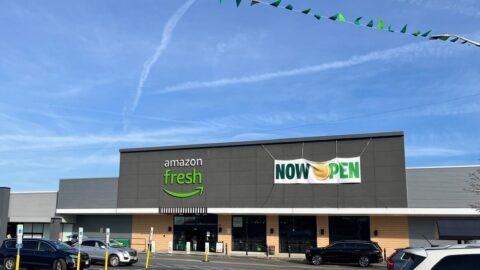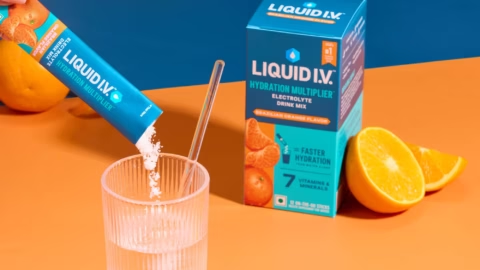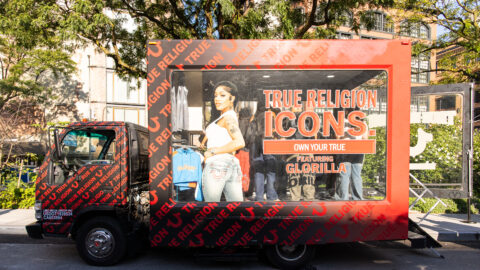Every business, everywhere, must deal with some level of uncertainty. But today’s extraordinarily high levels of uncertainty, particularly in the retail and CPG industries, go all the way to 11 (apologies to This is Spinal Tap). U.S.-imposed tariffs that appear, disappear and reappear are the main culprit, but this year’s economic and geopolitical turmoil also has revealed some of the same fundamental sourcing and supply chain challenges that were exposed during the COVID pandemic.

However, uncertainty isn’t all bad, according to Dr. Rebecca Homkes, who is on the Faculty of the London Business School and Duke University and the author of Survive, Reset, Thrive. She maintains that in retail and other consumer-facing industries, “uncertainty is a great time to grow,” as well as being “a great time to do the stuff you wanted to do: close a division, do layoffs, shuffle the executive team. With so much market uncertainty, you won’t be punished for making these moves.”
Dr. Homkes shared her thoughts on grabbing the uncertainty opportunity, the need to de-risk (not nearshore) supply chains, and why this is an optimal period for retailers and brands to dig deeper into what their customers really value.
Retail TouchPoints (RTP): The retail industry has been through uncertain times before, in fact just recently with the COVID pandemic. What makes this current period different?
Dr. Rebecca Homkes: We’ve always had cyclical markets, but what’s different now is both the level of change and the pace of change, along with volatility and a sometimes perceived lack of rationality. Markets hate bad news but they hate uncertainty more, because it’s easier to plan how to grow your company through a downturn than at a time like now, when uncertainty is the new certainty.
RTP: How have companies been dealing with these unprecedented levels of uncertainty?
Homkes: I’ve been seeing three types of responses. The first is delusion. This is when executives [outline a plan but don’t take any real action]. Then they can say, “We have a strategy and a plan to deal with supply chain disruptions, and we’ve communicated that we do have a plan to the markets and to our board of directors,” but [the words are unsupported by actions.]
The second response is paralysis. This is when people are saying, “Before we do anything, let’s just wait until the tariff agreements are in place, let’s see the final details of the stimulus bill, let’s see if there’s clarity about Middle East tensions.” Each individual pause makes sense in the moment, but taken collectively, you’ve put your organization into a holding pattern.
The problem with that is that growth is a muscle that can atrophy when you’re not growing/performing as an organization. The parallel is that if you go the gym every day, you’ll have good workouts, but if you only go once every six months, you’ll have a horrific time when you do go. That’s what could happen to American companies from extended paralysis.
The third response is frenzy — throwing things at the market and seeing what sticks.
RTP: None of those sound like very appealing or effective options.
Homkes: Actually, under the cover of uncertainty, it’s a great time to do the stuff you already wanted to do — close a division, do layoffs, shuffle the executive team. With so much market uncertainty, you won’t be punished for making these moves. For retail and consumer-facing industries, periods of uncertainty are a great time to grow, partly because your competitors are likely in the delusional state.
RTP: If inaction/paralysis is so dangerous, what should retailers and brands be doing?
Homkes: In the short term, they should be focused on de-risking the supply chain — which is not nearshoring [sourcing goods from suppliers in the U.S. or other geographically close, tariff-friendly countries]. You need to de-risk if you have a critical input coming from just one country, or worse, just one factory. So if you have a lot of inputs from China, you’ll want to de-risk to other South Asian countries such as India and Vietnam, so that you’re not over-indexed in one area if tariffs are applied there.
Regarding de-risking versus nearshoring: There are some industries where it works to bring domestic manufacturing back, but the math doesn’t work to do much of the manufacturing for retail and consumer goods in the U.S., and sometimes [it isn’t financially feasible] in Mexico either.
What we’re seeing in the last couple of quarters of earnings reports are CEOs mentioning the criticality of doing things in the U.S., favoring the Trump administration, but not making any significant strategic moves [to actually nearshore]. I call it pandering. They’re giving lip service, but not doing anything that requires a level of investment. And any serious moves to bring sizable manufacturing back to the U.S. would take two years minimum, and that’s if all goes well — and that scenario almost never takes place.
RTP: What else can companies do to support de-risking efforts?
Homkes: Now is a great time to get to know your consumer more, because when uncertainty is high, so is honesty. In frothy markets, people will try new things and experiment with new brands, but when uncertainty is high, consumers are better at telling us what they value — and what they don’t. Those companies that lean into consumer honesty will do better, along with retailers with loyalty programs [because of the additional customer data that they provide].
This brings up the question of who owns the customer data. If you’re a brand that sells to a big-box retailer, and they sell your product to consumers, you won’t know as much about the purchaser as the retailer does.
Finally, differentiation always prevails. Tactical transactions [such as promotional offers] or me-too offerings will get hurt in this environment, because consumers are getting picky with their dollars — but there is still spending. In many areas spending has not really slowed, just shifted toward value, for example from department stores to Walmart and dollar stores. As I’ve said, a period of uncertainty is a great time to grow.


